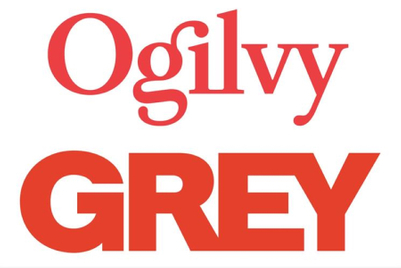
Over the next decade, 12 markets, including India, Indonesia, Pakistan, Bangladesh, China, Myanmar, Vietnam and Philippines, will be the source of the next billion middle-class consumers, creating a tipping point as the middle-class moves from a minority to the majority of the local population in these markets, according to a report just published by Ogilvy & Mather.
Mexico, Brazil, Nigeria and Egypt are the other countries on the list.
This new generation of consumers will not only play an important economic role, according to the report, but will also shape social change, become influencers on their governments and empower consumers.
Key takeaways
All of this will have a profound impact on the way brands market and communicate to these new global consumers, according to Kent Wertime, newly-appointed joint-CEO of Ogilvy & Mather Asia.

Marketers will need to master local insights. The middle-class of the V12 represents a social tapestry of greater ethnic, linguistic, cultural and religious diversity than previous generations of middle-class consumers in the West.
Omni-channel strategies to reach out. V12 middle-class consumers enjoy the power of connectivity to a global grid of commerce, influence, and social interaction, which means that many velocity market consumers have the same access to information and competitive options as higher-income markets. Marketers, therefore, need to take a much more progressive approach to these V12 markets, deploying omni-channel strategies, social strategies, and more progressive messaging than many expected in the past of ‘emerging markets’.

Marketers need to go beyond communication strategies. The middle-class consumers of the coming decade will have a more accelerated understanding of their options than prior generations of middle-class consumers, plus a megaphone for expressing their tastes and opinions. Marketers will need robust influence strategies, not just communication strategies.
What it means for brands. From these findings, Wertime says marketers can gain a number of insights about key drivers of velocity and the challenges for brands:
Women are the driving force. Women will act as the key social change agents and entrepreneurs, with purchasing power crossing cultural, religious and demographic divides. According to the research, 85 percent of the V12 women—with spikes to 94 percent in Pakistan, 92 percent in Bangladesh and 91 percent in India—believe there are more career opportunities than before. Similarly 83 percent of V12 women believe more women have opportunities to start their own business.
Muslims are critical consumer segment. Progressive Muslim consumers will be a key consumer segment in V12. However, there is a gap as nearly 60 percent of the muslim respondents across V12 indicated that international brands generally don’t understand or cater to their needs.
More connected than ever before. V12 consumers are the largest block of newly connected consumers on the internet and nearly three-quarters of the V12 indicate that they feel more connected with the rest of the world than before.
Growing urbanisation to drive invention. V12 consumers urbanise faster than other parts of the world, dominating the future list of megacities, while creating a new “urbangea” that connects large swathes of these countries into a virtual trading zone. Additionally, cities, more than countries are becoming the source of invention, entrepreneurship and investment.
Local brands ahead of global ones. Almost two out of three respondents buy a combination of local and international brands. However, in some markets, local brands have a distinct advantage. This heralds a growing battle in the years ahead as multinational brands will face stiffer competition from sophisticated, nimble homegrown brands.

Methodology
Ogilvy’s V12 ranking is based on measures of middle-class growth in terms of income, rather than assets, using a Purchasing Power Parity (PPP) methodology, a measurement widely accepted by the IMF, the UN and the World Bank to equalise the purchasing power of different currencies. According to Ogilvy, the rankings also assessed markets based upon the velocity of growth and change, an increasingly important factor that some companies have grossly underestimated so far in their global growth plans.


.jpg&h=334&w=500&q=100&v=20250320&c=1)
.jpg&h=334&w=500&q=100&v=20250320&c=1)

.jpg&h=334&w=500&q=100&v=20250320&c=1)
.png&h=334&w=500&q=100&v=20250320&c=1)
.png&h=334&w=500&q=100&v=20250320&c=1)





.jpg&h=268&w=401&q=100&v=20250320&c=1)



.jpg&h=268&w=401&q=100&v=20250320&c=1)

.png&h=268&w=401&q=100&v=20250320&c=1)